Kazakhstan is a Central Asian country and a former Soviet republic. The borders of the country extend from the Caspian Sea in the west to the Altai Mountains at the east border with China and Russia.

The capital city is Astana along the Ishim River in the north of the country. The left bank is ultra modern with impressive architecture.
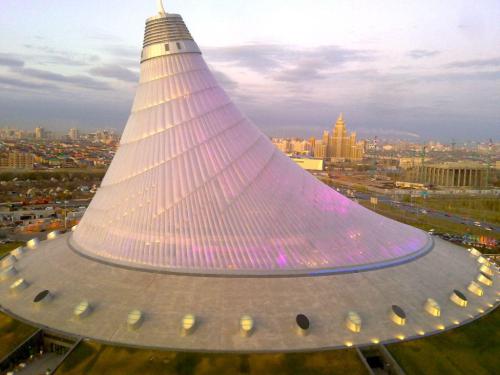
The city’s most extraordinary building is the Khan Shatyr, a 150m-high translucent structure that resembles a tent. It is made of ethylene tetrafluoroethylene (ETFE), a heat-absorbing material that produces summer temperatures inside even though outside it is -30 degrees C. This is a “lifestyle center with world-class shopping”. The interiors have multi-levels and a food court.
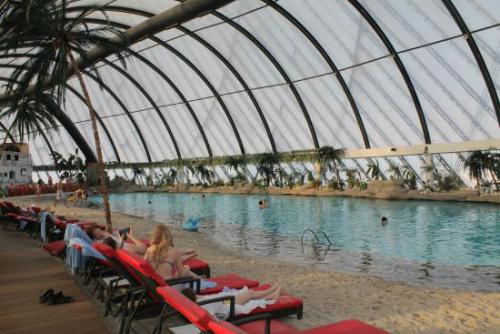
Attractions here include a drop tower, flume ride and a 500m-long monorail. On the top level, you’ll find the Sky Beach Club with a big swimming pool, sandy beach, palm trees and water slide. All of this was opened in 2010 and designed by celebrated British architect Norman Foster.
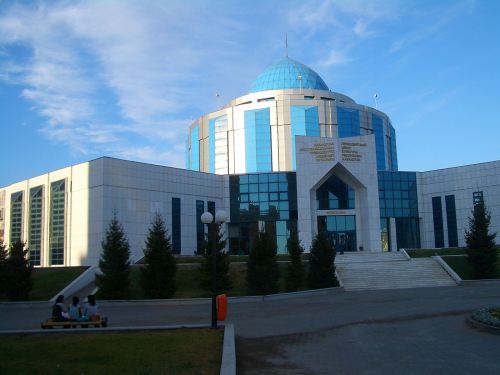
The Presidential Cultural Center is yurt-shaped and home to an excellent museum. The highlight here is on the second floor where you can find outstanding collections of Kazakh jewelry and gold-makings. Among them are gold jewelry and replicas from the Scythian burial mounds at Berel and the Issyk burial mound (where the Golden Man was found), replicas of the Golden Man and the “second Golden Man” from western Kazakhstan, a bejeweled replica of a horse from the Berel tomb and the innards of a real 4th century BC horse preserved in formaldehyde.
The ground floor has models of Astana buildings and a room full of traditional Kazakh items. The third floor has displays of Kazakhstan from the 15th to 20th centuries.
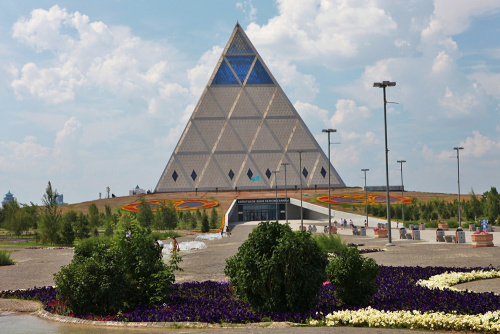
Palace of Peace & Accord is a lovely glass and steel pyramid opened in 2006. This is the home for the triennial Congress of World and Traditional Religions, hosted by Kazakhstan. There are half-hour tours also in English available where you can see the 1350-seat opera hall, the 3rd-floor atrium where the religions congress is held and the apex conference room with windows filled with stained-glass doves by British artist Brian Clarke. It is beautifully illuminated at night.
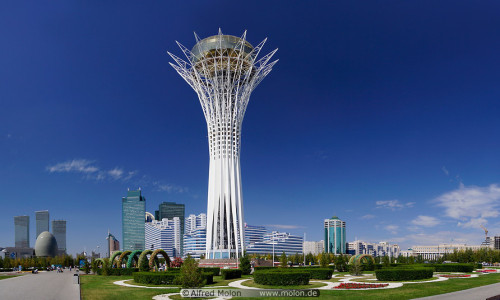
The centerpiece of Nurzhol Bulvar is the 97m-high Bayterek monument, a white latticed tower that is crowned by a large glass orb. According to a Kazakh legend, the mythical bird Samruk lays a golden egg that contains the secrets of human desires and happiness in a tall poplar tree, beyond human reach. Visitors glide by lift up inside the egg and enjoy impressive views of the city.
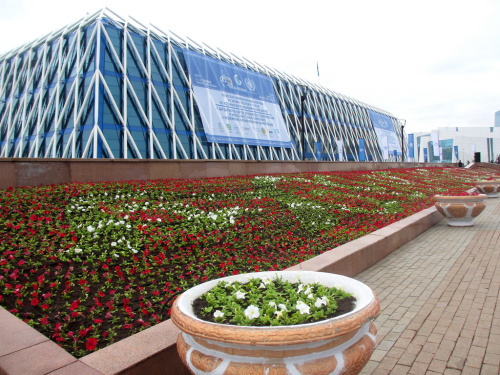
The Palace of Independence offers visitors a look at a huge scale model of how Astana plans to look in 2030. There is an interesting ethnographic hall with various exhibits. Tours in English are available.
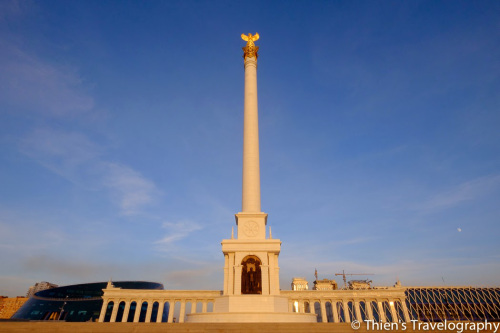
In front of the palace, you’ll see the 91m-high Kazak Yeli Monument which symbolizes the historic destiny of the Kazakhstan people.
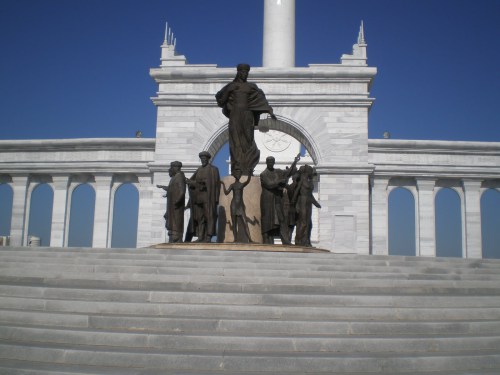
It is topped by a golden Samruk, statues of heroic martyrs or clan leaders stand behind and a 5m bronze relief of President Nazarbaev at the base.
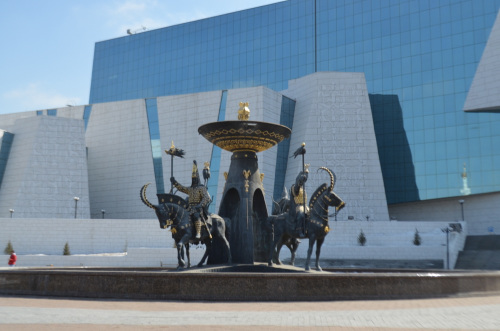
The National Museum of the Republic of Kazakhstan is a huge blue-glass-and-white-marble museum. There are themed halls with interactive displays and exhibits of artifacts that range from a full-sized yurt in the Hall of Ethnography to a chronicle of the capital’s modern history in the Hall of Astana. The Golden Hall has Bronze Age ornaments from the famed “Golden Man” (now a national symbol of Kazakhstan) – a 3rdor 4th-century warrior whose gold-clad remains were uncovered in 1969.
The museum opened in 2014. Visitors come into the grandiose entry hall and see a giant golden eagle whose wings flap serenely as an interactive screen describes Kazakhstan in all its glory. Audio guides are available in English. There is a small cafe.

It is worth visiting Duman Entertainment Center, a modern leisure center known for its oceanarium.
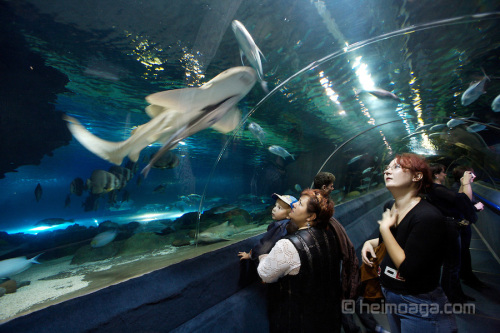
There are more than 2000 creatures of the deep from the world’s oceans and a 70m shark tunnel.
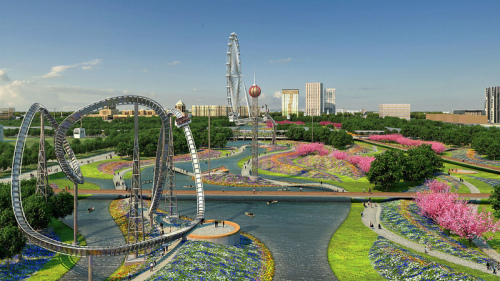
The City Park is located on the south side of the Ishim River. Here you’ll find the Atameken, a 200m-long, walk around the country map with models of major buildings. The Duman is here also.
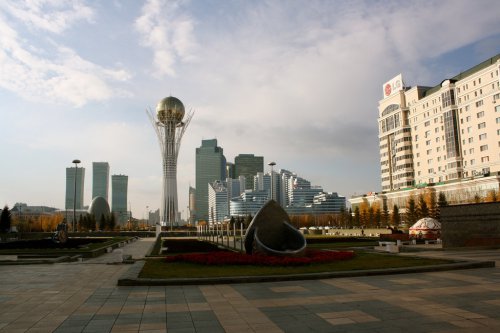
Ploshchad Poyushchykh Fontanov this plaza is in the eastern half of the Nurzhol Bulvar and offers music-and-water shows at 9 PM on summer evenings.
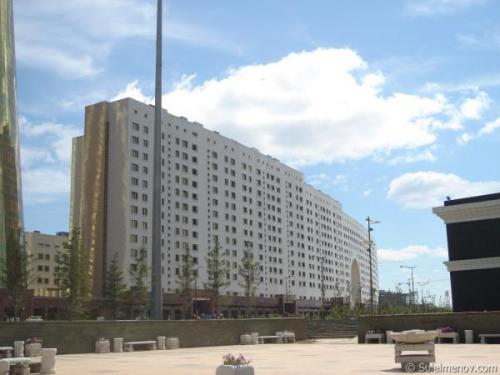
Toward the east, you can see the twin golden-green, conical business centers. To the left are the two wings of the House of Ministries
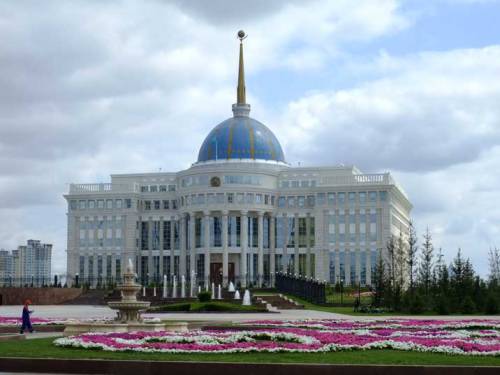
and straight ahead the white-pillared presidential palace, the Ak Orda.
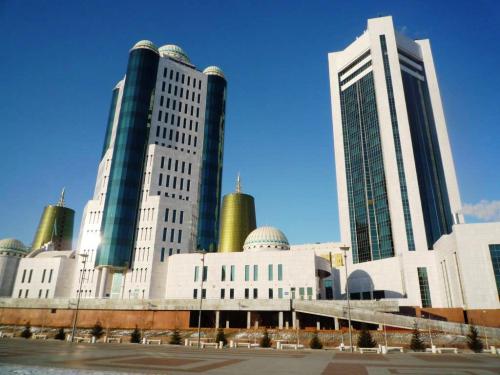
The two towers of the Parliament, the Senate and Mazhilis rise behind the northern ministerial building.
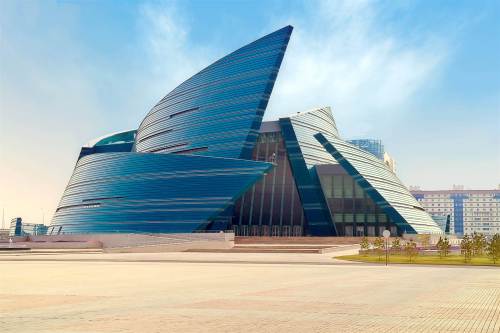
Before the Ak Orda is the turquoise-tiled Central Concert Hall whose design is meant to resemble the petals of a flower.
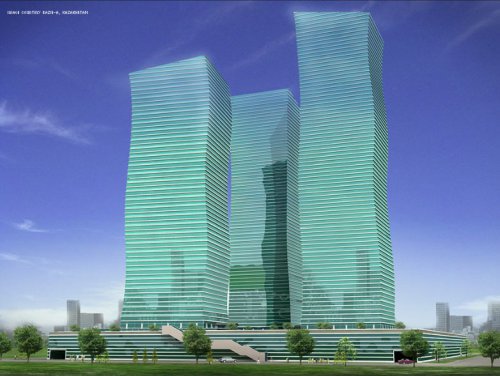
The Northern Lights are three light-green apartment towers with wavy sides and are a prominent feature of the western part of the boulevard.
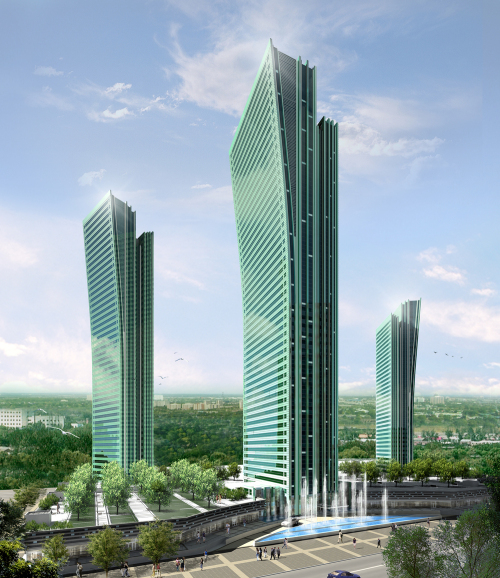
Opposite them are the Emerald Towers, office blocks whose tops splay outward like pages of opening books.

Nur-Astana Mosque is a lovely four-minaret mosque that opened in 2005. The prayer hall is for men only, women use the upper gallery. There is a multi-domed space with inscriptions and geometrical patterning in blue, white, gold and red.
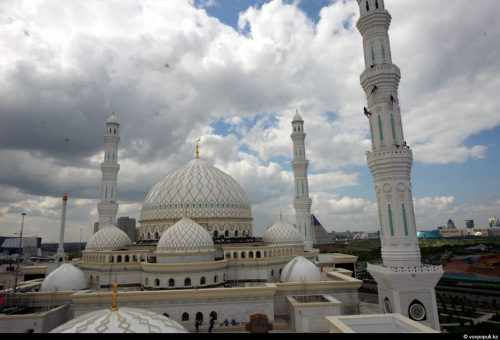
Hazrat Sultan Mosque opened in 2012 and has Kazakhstan’s largest dome and lovely marbled interiors.
Source
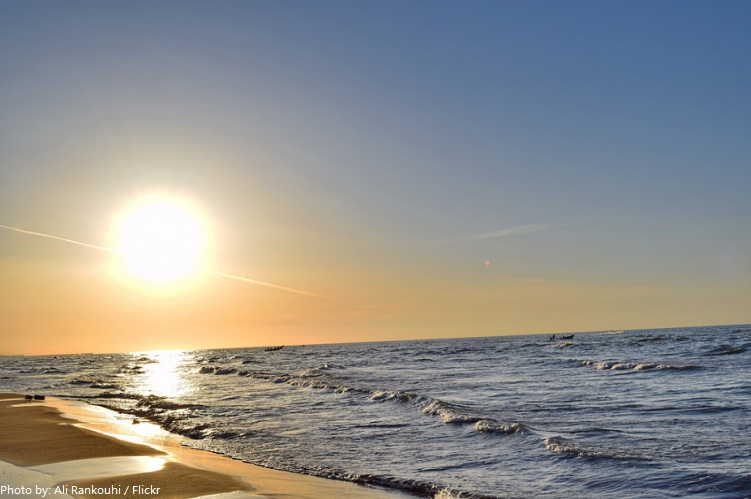
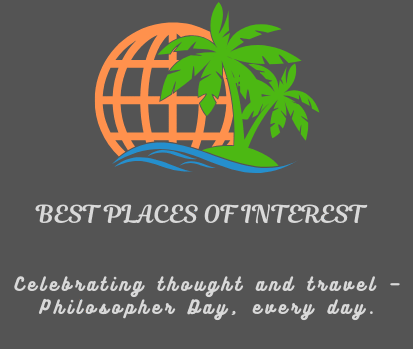
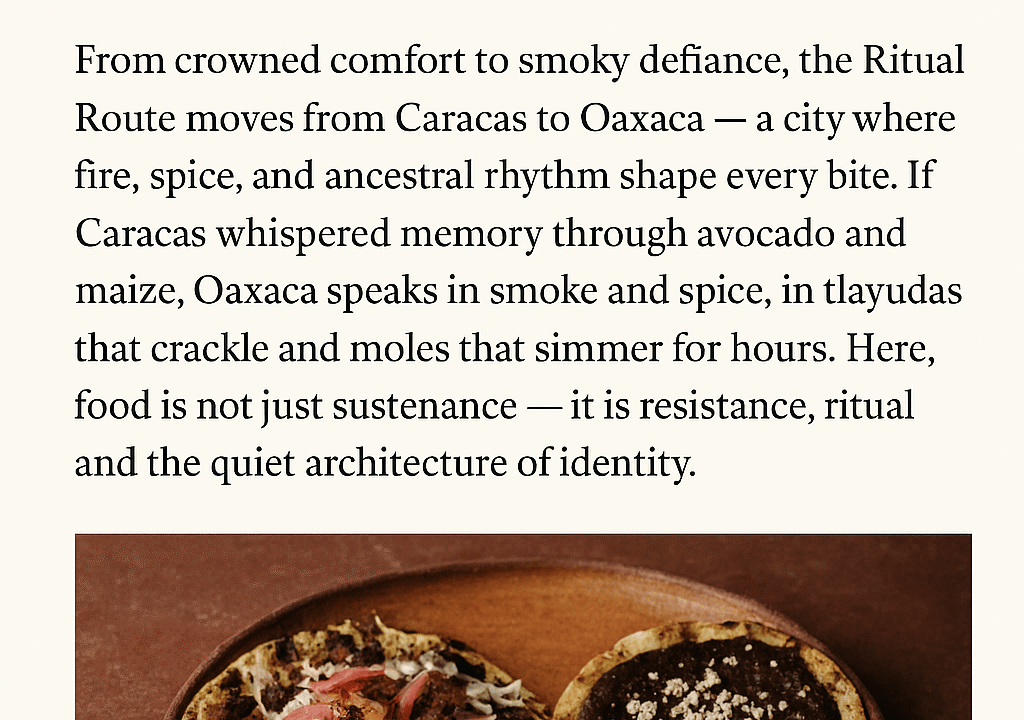
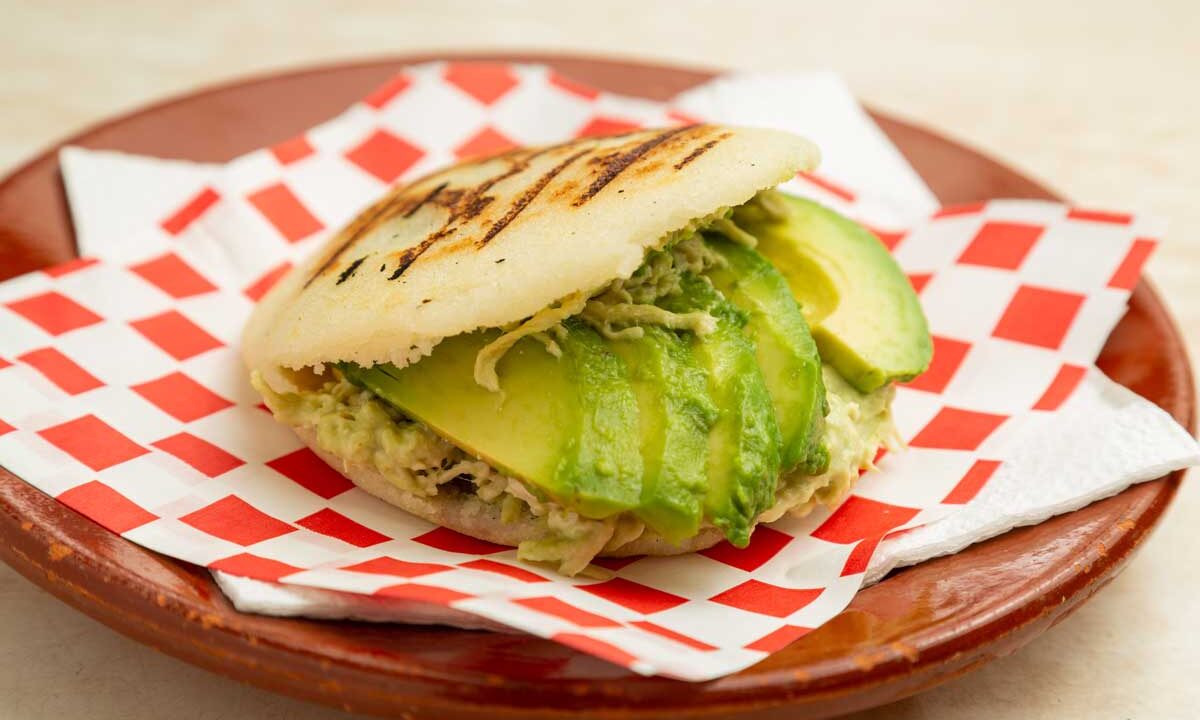
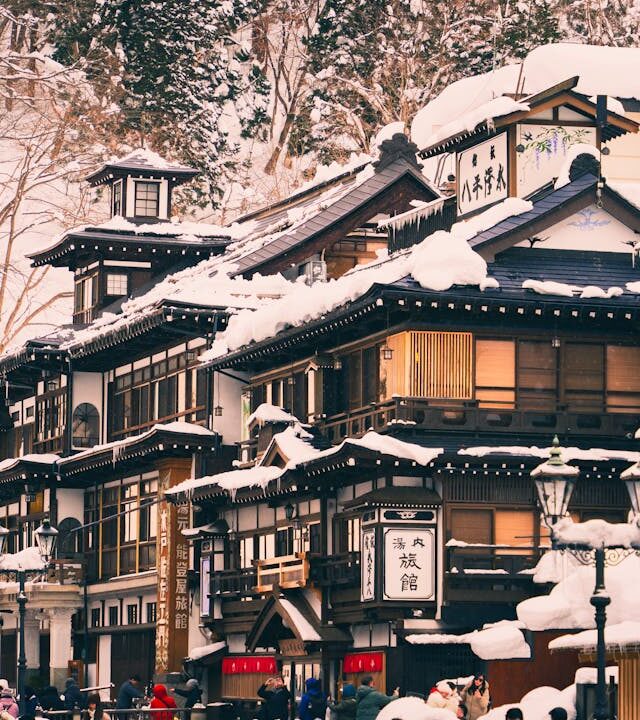
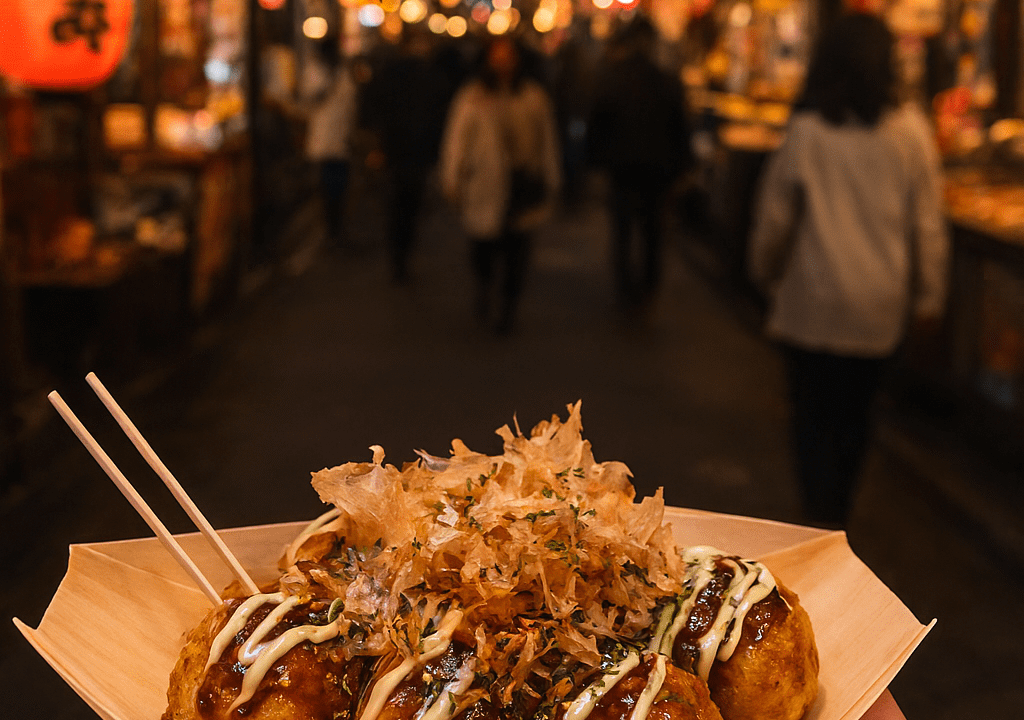




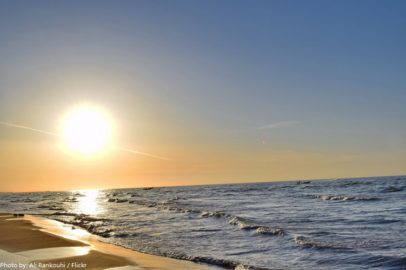
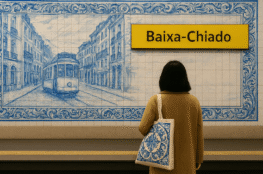
March 6, 2017
Thank you for this. Much appreciated.